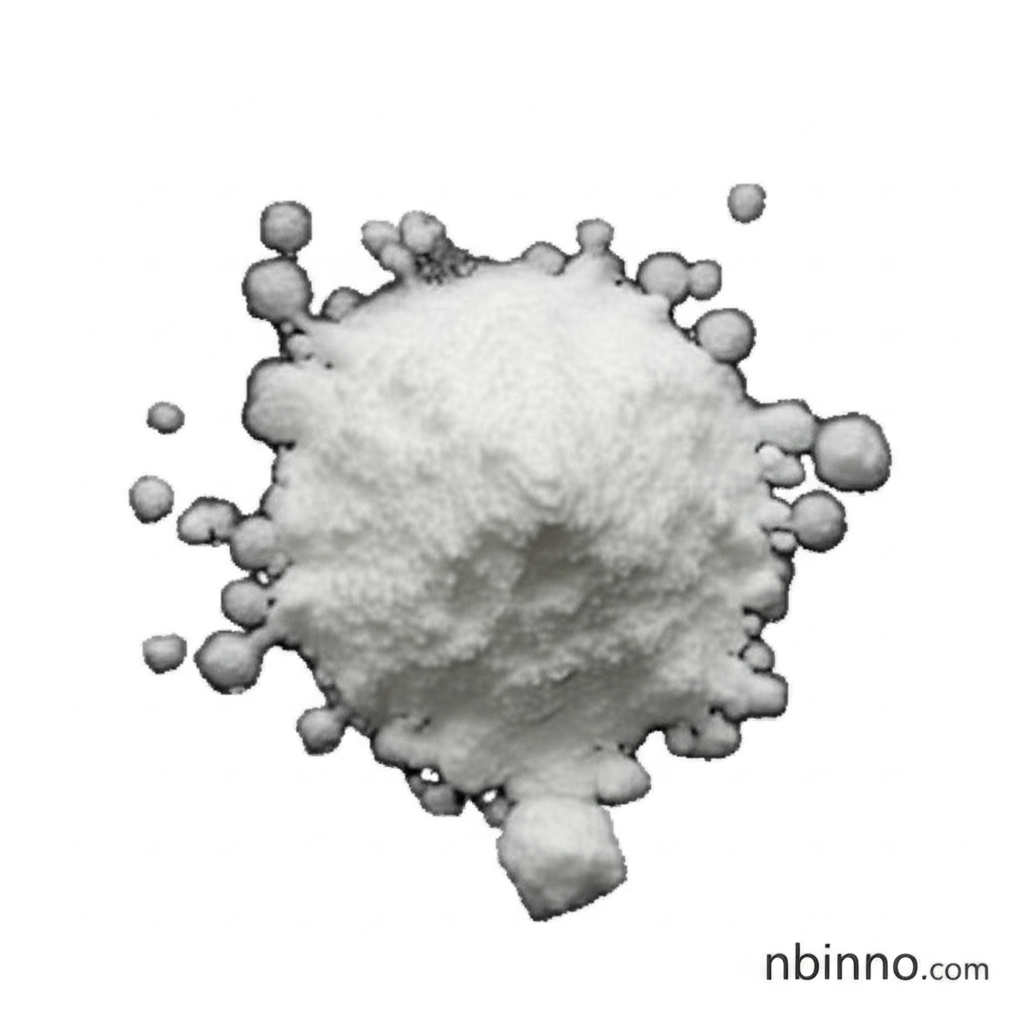Exploring 6-Dehydroprogesterone (CAS 1162-56-7)
A key synthetic steroid for pharmaceutical research and impurity analysis.
Get a Quote & SampleProduct Core Value

Pregna-4,6-diene-3,20-dione
This synthetic steroid, known by its CAS number 1162-56-7, is primarily recognized as a crucial impurity standard in the pharmaceutical industry, particularly for progesterone and dydrogesterone. Its chemical structure and properties make it invaluable for quality control and analytical method development.
- Discover the essential role of 6-Dehydroprogesterone CAS 1162-56-7 in ensuring the purity and safety of pharmaceutical products.
- Explore the unique chemical structure of Pregna-4,6-diene-3,20-dione and its significance in steroid research.
- Learn how this compound serves as a vital progesterone impurity standard for accurate analytical testing.
- Investigate the potential research applications of dydrogesterone related compound H in biochemical studies.
Key Advantages
High Purity Standard
As a high-purity pharmaceutical intermediate, Pregna-4,6-diene-3,20-dione (>95% HPLC) is critical for reliable quantitative analysis and the development of robust analytical methods.
Research Utility
The compound's interaction with steroid receptors highlights its value in biochemical research, enabling studies on endocrine functions and potential therapeutic targets.
Quality Assurance
Utilizing 6-Dehydroprogesterone as a reference standard ensures stringent quality control in the manufacturing of progesterone-related pharmaceuticals.
Key Applications
Pharmaceutical Analysis
Essential for identifying and quantifying impurities in progesterone manufacturing, aiding in regulatory compliance and product safety.
Biochemical Research
Serves as a valuable tool for studying steroid hormone receptor interactions and their downstream effects.
Synthetic Chemistry
Its well-defined structure makes it a useful building block or reference material in complex organic synthesis projects.
Drug Development Studies
Contributes to the understanding of drug metabolism and the development of novel therapeutic agents.
